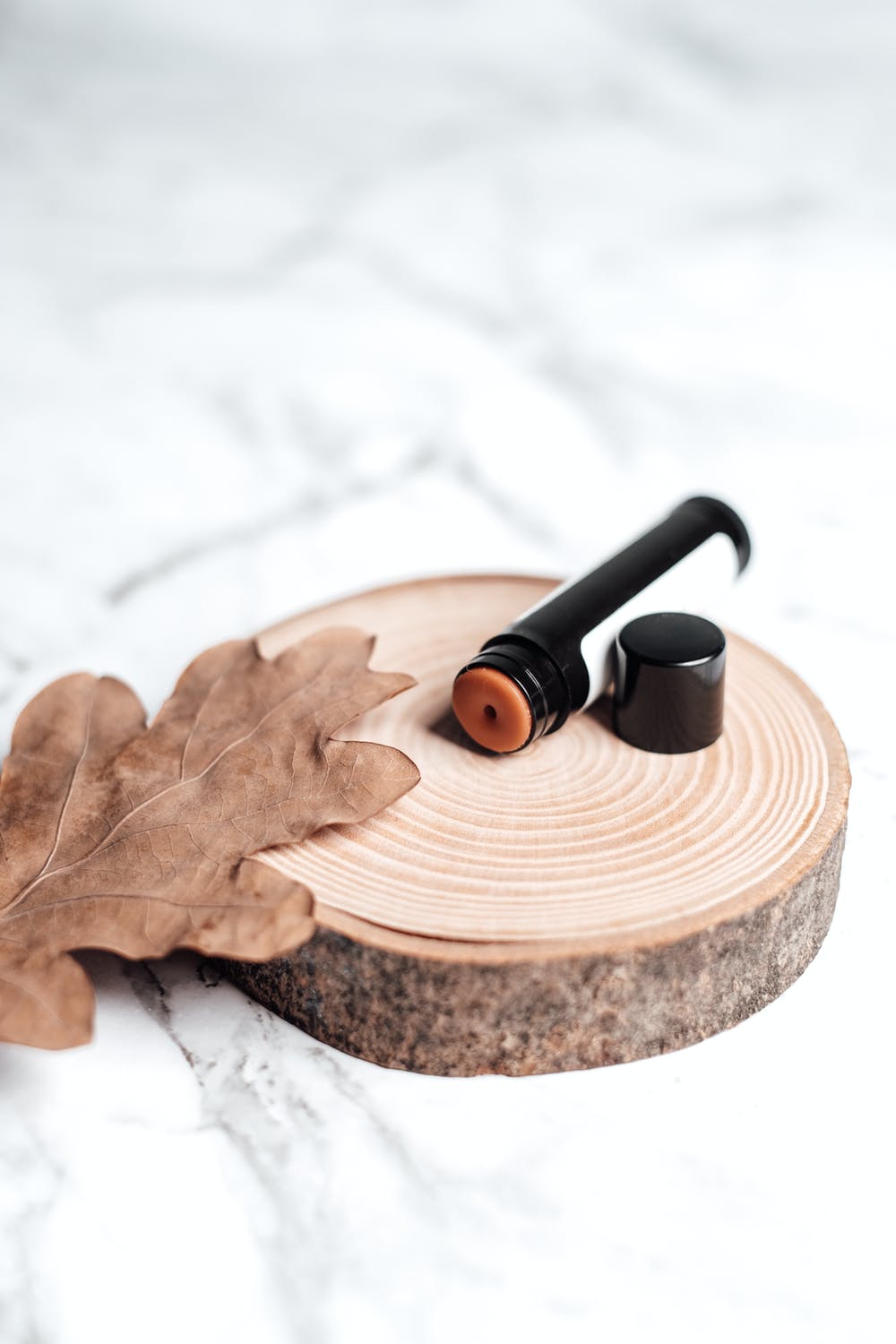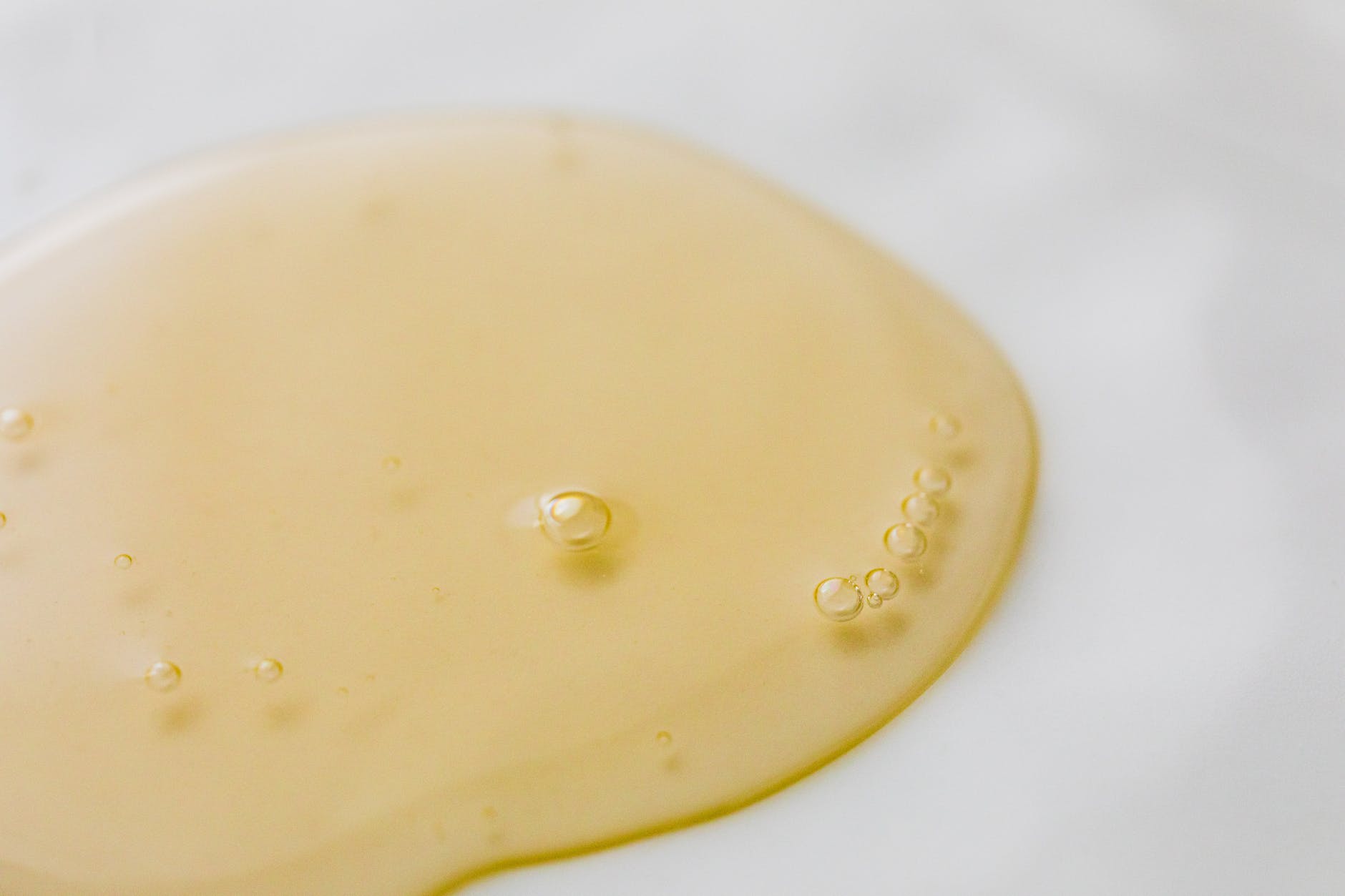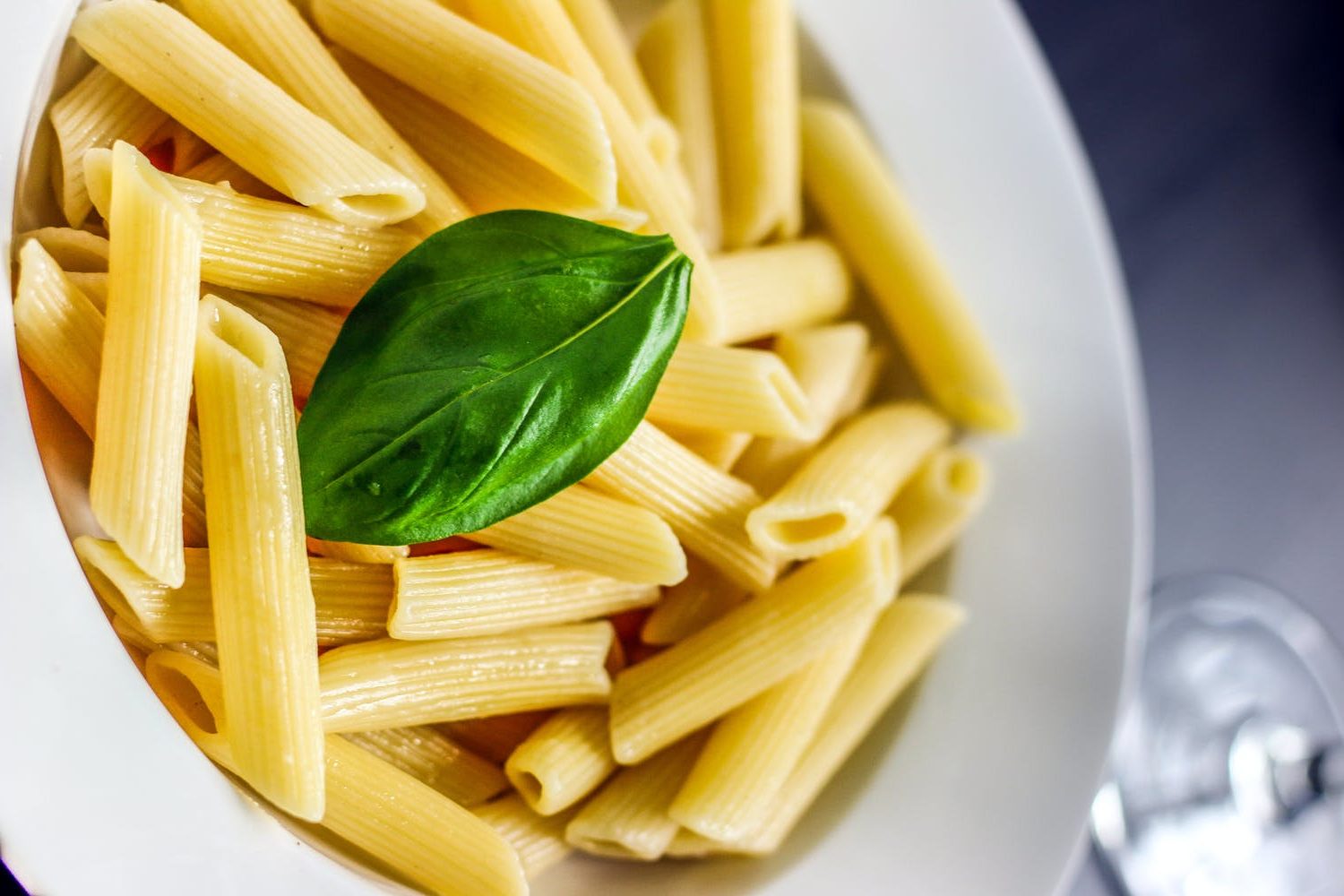I currently use different ingredients when it comes to hyperpigmentation, but I think this video is a great reference of different ingredients that could be great. Here’s a breakdown below:
Hyperpigmentation v. Melasma
- Hyperpigmentation is an over-formation of melanin. Sometimes we want this, like in a suntan, but in reality, we can’t control the evenness of a tan and it can leave dark patches… & people with olive skin (like me) are even more prone to hyperpigmentation.
- Melasma is dark spots caused by aging and hormones (like changes in estrogen). Melasma tends to be a little bit bigger than hyperpigmentation spots.
Ingredients
*STRONGEST* – Hydroquinone:
- Benefit: A lot of people have issues with hydroquinone but if you find a dose and concentration that’s right for you, there’s a ton of data to suggest its effectiveness. It’s truly the gold standard for hyperpigmentation.
- Because it’s stronger I recommend using it as spot treatment.
Ferulic acid:
- Benefit: This is an antioxidant found in different plant cell walls (including oats). Its effects are synergistic to (meaning it works better with) vitamin C & E (ideal concentration = 15% Vitamin C, 1% Vitamin E, 0.1% Ferulic Acid). Helps with both photo-damage *and* anti-aging
- You can apply to the whole face
Vitamin C:
- Benefit: Vitamin C brightens your skin. Even if you don’t have hyperpigmentation it can be great to use for brightening and helping you form new collagen (and of course, new skin doesn’t have sun damage, so this is still combatting hyperpigmentation).
- You can apply to the whole face
Retinol / retinoic acid (e.g., Tretinoin):
- Benefit: Retinol is a skin cell communicator, which basically means that retinol hits the retinol receptors and helps the skin cells to function better. Recommended use is if you are looking to build collagen, especially under the eyes (I prefer to use this only on the under eyes or other target areas).
- NOTE: it can make you peel if you use it too often, but it is not an exfoliant so ideally you should not be peeling!
Alpha Hydroxy Acid/ Beta Hydroxy Acid:
- AHAs & BHAs are gentle exfoliants (you skin should not peel, if it does you may be overusing).
- When using these, only apply enough to target areas to avoid wasting the product
*MOST NATURAL* – Lemon:
- Lemon is probably the most natural it can get. Its natural acidity can have a lightning and whitening effect. To use, squeeze it on a gauze or cotton pad and gently rub on your skin. Always follow-up with a moisturizer because it can be drying.
Pro tip: if you’re using multiple products always apply thinnest –> thickest. To watch me apply the products be sure to watch the above video




